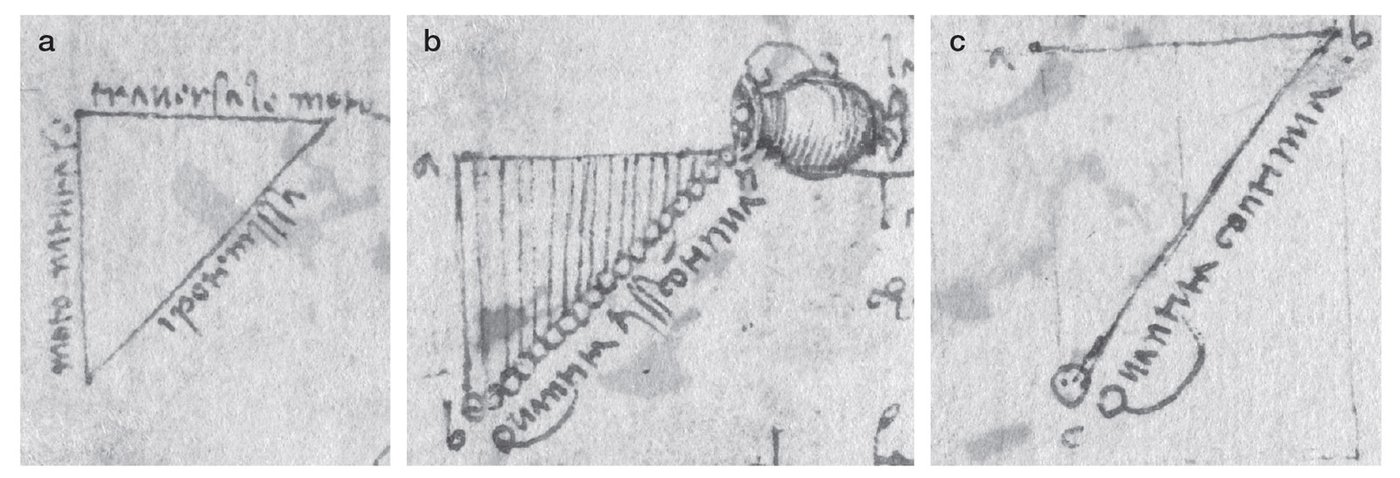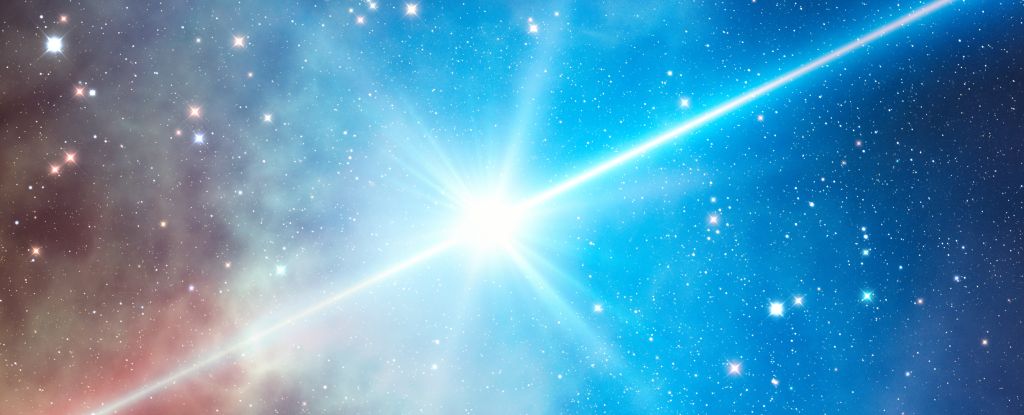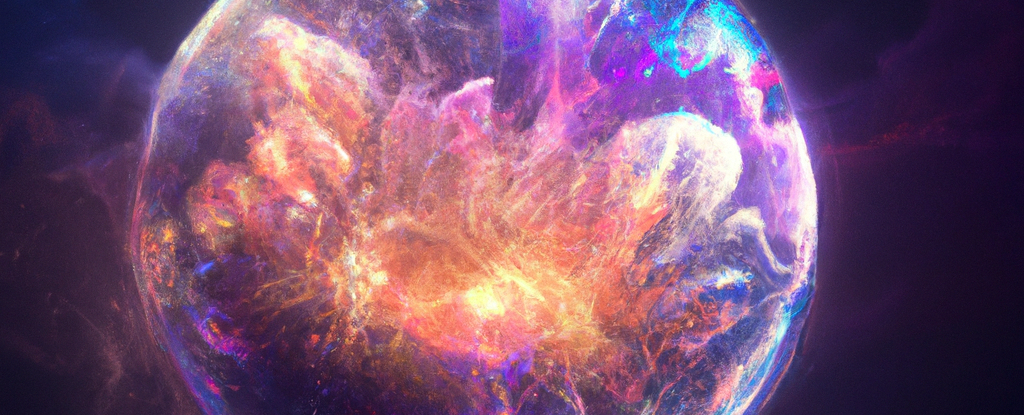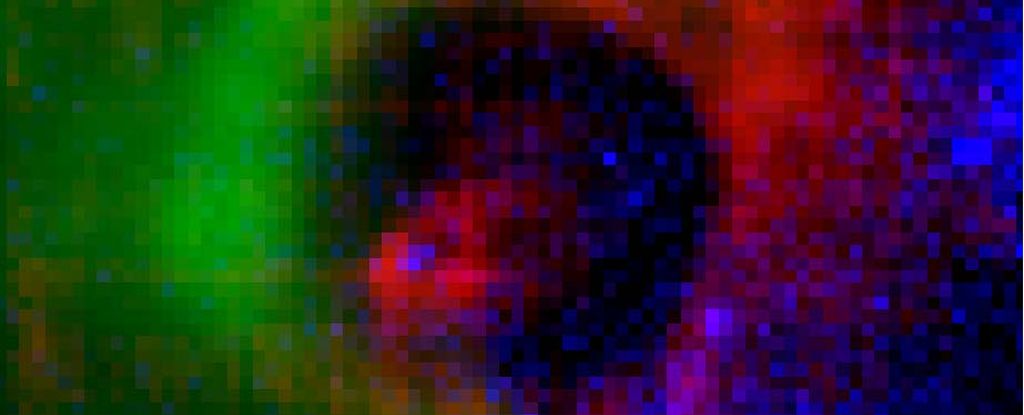Digest of sci-fi news for the week, about which we did not write anything
and / or write an article in the “Sandbox” and send me a link.
And today I will again go over the news of the outgoing week, which should have been covered in more detail, but it did not work out, because we are not rubber.
Astronomers have found an interesting molecular bubble
Team of astronomers
in the stellar manger Bernard-18, located in the molecular cloud of Taurus, a giant bubble. All signs point to a pair of stars being formed in this region, 450 light years away. It is interesting that this is only the second bubble of its kind, in which star formation occurs in parallel with the outflow of material from this region.
For the appearance of a star, a huge amount of matter is required – interstellar gas and dust. Matter is compressed by gravity, and then, upon reaching a critical mass, it triggers a fusion reaction. However, a new star has a magnetic field, and part of the matter first rushes along the magnetic lines to the poles, and from there – away, into space. This is one of the processes that play an important role in the evolution of stars and interstellar space.
In the notes of Leonardo da Vinci, they found a mention of an experiment to test the hypothesis that gravity is a form of acceleration.

Researchers of the legacy of a brilliant Italian discovered in his notes there are mentions that he, several hundred years before Einstein, put forward a hypothesis regarding the identity of gravity and acceleration. In addition, it is claimed that he was able to calculate the value of the gravitational constant with an accuracy of 97% – and this is 100 years before Galileo and 200 years before Newton.
In the papers, da Vinci describes an experiment in which a jug of water travels in a straight path parallel to the ground, dropping either water or some granular material (most likely sand) along the way. It is clear from his notes that he knew that water or sand would not fall at a constant speed, but would accelerate, and also that the material would stop accelerating in the horizontal plane, since it was no longer affected by the pitcher, and that its acceleration would be exclusively downward. under the influence of gravity.
If the jug is moving at a constant speed, the line created by the falling material is vertical, so no triangle is formed. If the jug is accelerated at a constant speed, then the line created by collecting the falling material becomes straight but slanted, forming a triangle. And, as da Vinci pointed out in the key diagram, if the motion of the jar accelerates at the same rate as gravity accelerates the falling material, then an equilateral triangle is formed – da Vinci labeled this as “equalization (equivalence) of motions.”
A record-breaking gamma-ray flash has been registered, one of those that occur once in a millennium

GRB 221009A Gamma Ray Burst at 18 TeV recognized the most energetic event of its kind ever recorded by astronomers. In addition to the unique indicators, it turned out that the burst parameters do not correspond to the calculated indicators, which suggests that this event, which happened at a distance of 2.4 billion light years from us, differs in something else unusual.
“According to our estimates,” the scientists write, “such energetic and close-to-us gamma-ray bursts as GRB 221009A occur with a frequency of less than 1 time in 1000 years, so such an event is unlikely to happen again in our lifetime.”
What makes this flash really unusual is the evolution of its afterglow, which does not fit into the standard theory. Gamma-ray bursts are usually accompanied by the glow of electrons moving at near-light speeds. Synchrotron radiation is the result of a shock wave that occurs when the initial explosion collides with the interstellar medium.
GRBs themselves are believed to be composed of energy concentrated in parallel beams that form jets. Studying the subsequent synchrotron radiation could help astronomers figure out the parameters of the explosion and the jets.
Colliding neutron stars create a perfect sphere that surprised astronomers

colossal explosion, happened as a result of the merger of two neutron stars, suddenly acquired an almost ideal shape of a sphere. According to a new analysis of the consequences of a neutron star collision observed in 2017, the kilonova explosion produced by the two stars was perfectly symmetrical. And astronomers don’t understand why. This contradicts all previous assumptions and kilonova models.
“No one expected the explosion to look like this. It doesn’t make any sense that it’s spherical, just like a ball,” said astrophysicist Darah Watson of the Niels Bohr Institute in Denmark. “But our calculations clearly show that it is. This probably means that in theories and simulations of kilonovae , which we have considered over the past 25 years, are missing important physical points.
“The most likely way for a spherical explosion to occur is if a huge amount of energy escapes from the center of the explosion and flattens its shape, which would otherwise be asymmetric. So the spherical shape tells us that there was probably a lot of energy in the core of the collision, which we did not foresee. Perhaps at the moment when the energy of the huge magnetic field of a hypermassive neutron star is released, and the star collapses into a black hole, a kind of “magnetic bomb” is created, ”Watson explained.
Astronomers measure the mass of a lone distant star for the first time

How to measure the mass of a distant object? One can make an assumption about the distance to this object and, therefore, determine its real size based on the visible one. You can then make an assumption about its density, which would eventually give you an estimate of the mass. But to know the mass of stars in this way is quite problematic. And now, for the first time in history, scientists have empirically determined the mass of a distant single star, and they did it with the help of gravitational lensing.
Gravitational lensing, first proposed by Einstein in his General Theory of Relativity, occurs when a massive object moves in front of a more distant light source, and the light, due to the curvature of space-time by gravity, bends around the massive object in the foreground. Astronomy has several spectacular examples of this phenomenon, most notably the features known as Einstein’s rings, where a black hole bends the light of a star.
However, until now, astronomers have not been able to isolate a single distant star and detect such a lensing effect. But the better our telescopes, the better our observations. And recently successfully turned up an unusual event – a lone white dwarf LAWD 37 passed against the background of a star. It is only 15 light-years from Earth, close enough to show up relatively clearly in observations.




